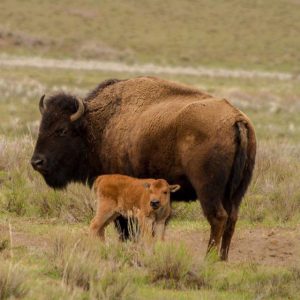Gallatin River
When watching the movie A River Runs Through It, pay attention. You may recognize the scenery! Because, some of the filming took place along this hallowed blue-ribbon trout stream. The Gallatin is a shorter river by Montana standards. It gathers much of its water from a watershed which extends south and north of Bozeman, Montana. Then, it flows west, remaining a small freestone, before entering the Missouri.
One of the finest wade fishing rivers in Montana, the Gallatin provides excellent dry fly fishing. Plus, this river receives relatively low fishing pressure. Flowing through beautiful surroundings, Highway 191 follows this river closely. Anglers have easy access to Arctic Grayling, Brown Trout, Rainbow Trout, and Cutthroat Trout. Along its upper stretches, the river is not very deep. And, the fish are not finicky eaters, which makes it an excellent place for learning how to fly fish.
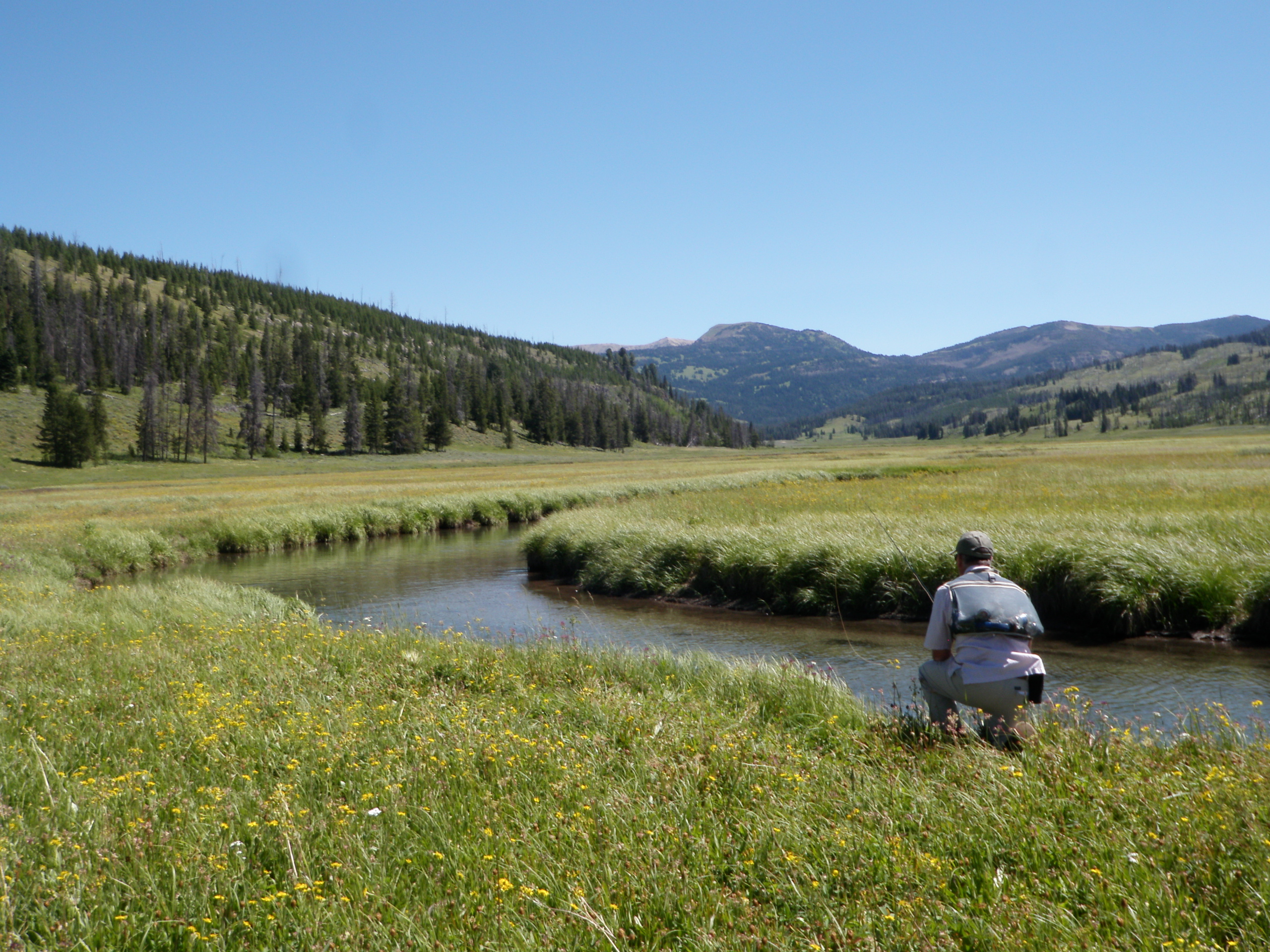
Firehole River
Flowing completely within Yellowstone National Park, The Firehole River originates southwest of Madison Lake on the Continental Divide. Eventually, at Madison Junction, It joins the Gibbon River to form the Madison River.
The Firehole has been revered by anglers since the late nineteenth century. Coursing through some of the largest and most active geyser basins in the world, this waterway is unique. Because, it is significantly fed by geyser runoff including that of Old Faithful Geyser. Originally barren of fish above Firehole Falls, the Firehole was stocked with non-native trout in the late 1880's. While water from the thermal features cause temperature problems for the fish, it also makes the river rich in minerals. Despite the warm water, non-native Brown Trout and Rainbow Trout now thrive and spawn in these waters. As a result, the Firehole River gained fame for its catch-and-release, Blue-ribbon fly fishing.
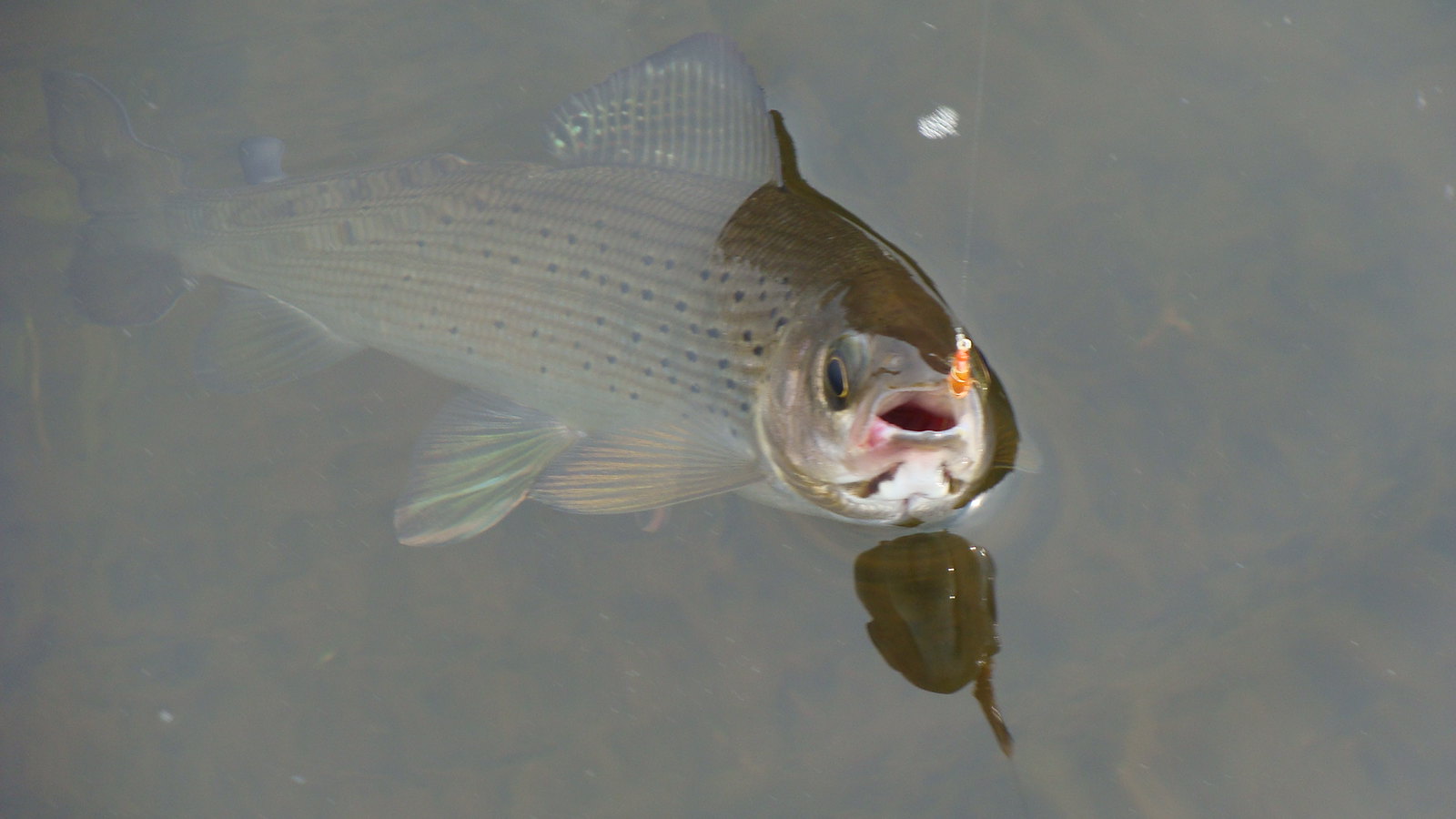
Nez Perce Creek
Flowing completely within Yellowstone National Park and crossing under the park road about 6 1/2 miles south of Madison Junction, Nez Perce Creek originates at Mary Lake and flows into the Firehole River near the Nez Perce Picnic Area.
With sections of shallow, almost continuous riffles and fed by warm water from hot springs, this unassuming creek flows alongside the hiking trail from Mary Lake. Fly fishermen come to Nez Perce Creek for a chance to catch its Brown Trout.
Madison River
Fly fishing West Yellowstone starts just northeast of town. Formed near Madison Junction by the confluence of the Firehole and Gibbon Rivers, the Madison River flows along Yellowstone’s West Entrance road. Just before leaving the park, it flows out of Wyoming and enters Montana. This blue-ribbon trout stream then meanders into and out of Hebgen Lake and eventually joins the Jefferson and Gallatin Rivers to form the Missouri River in Three Forks, Montana.
Rated the world’s second best trout stream after the Yellowstone River, the Madison is considered one of the most productive streams for Brown Trout, Rainbow Trout, Brook Trout, Arctic Grayling, and Mountain Whitefish. A fly-fishing hub for serious anglers, the 19-mile span located inside Yellowstone offers technical dry fly and nymph fishing not suited for beginners!
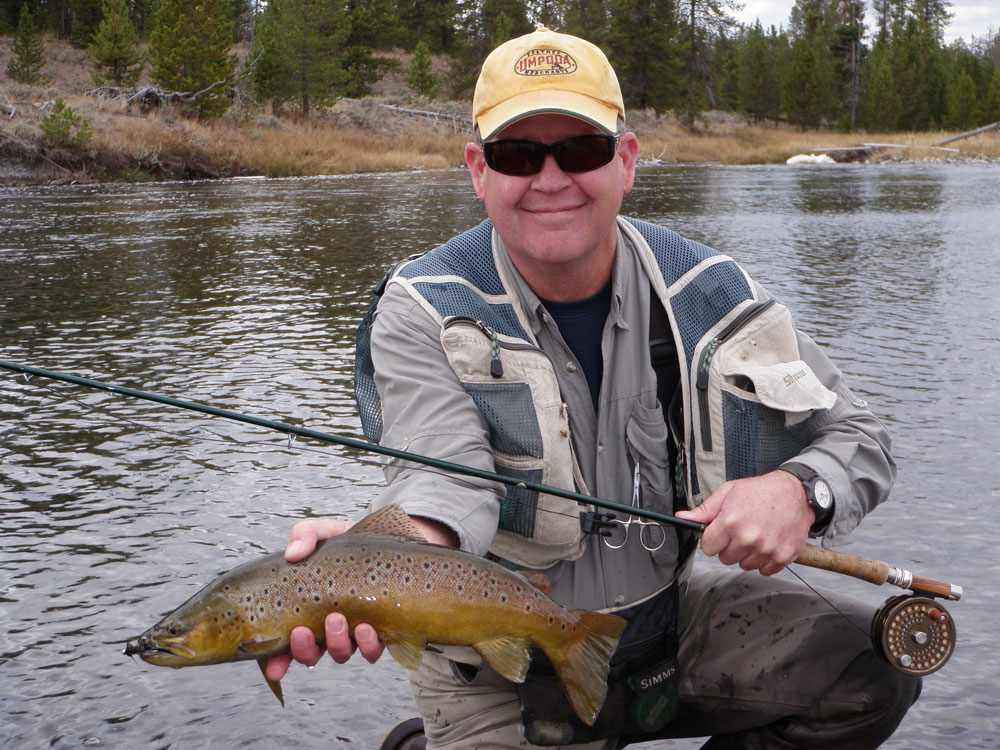
Yellowstone River
From its origin on Yount’s Peak just southeast of Yellowstone’s boundary, to its confluence with the Missouri near Buford, North Dakota, panoramic views frame the Yellowstone River’s un-dammed 671 mile (1079 km) length.
Supporting diverse ecosystems, the Yellowstone is a haven for native species, the most important cutthroat trout stream in America, and one of the greatest trout streams in the world. Between Yellowstone Lake and the Grand Canyon of the Yellowstone, you will find trophy native Cutthroat Trout. North of Yellowstone National Park, you will find pocket water and floatable sections.
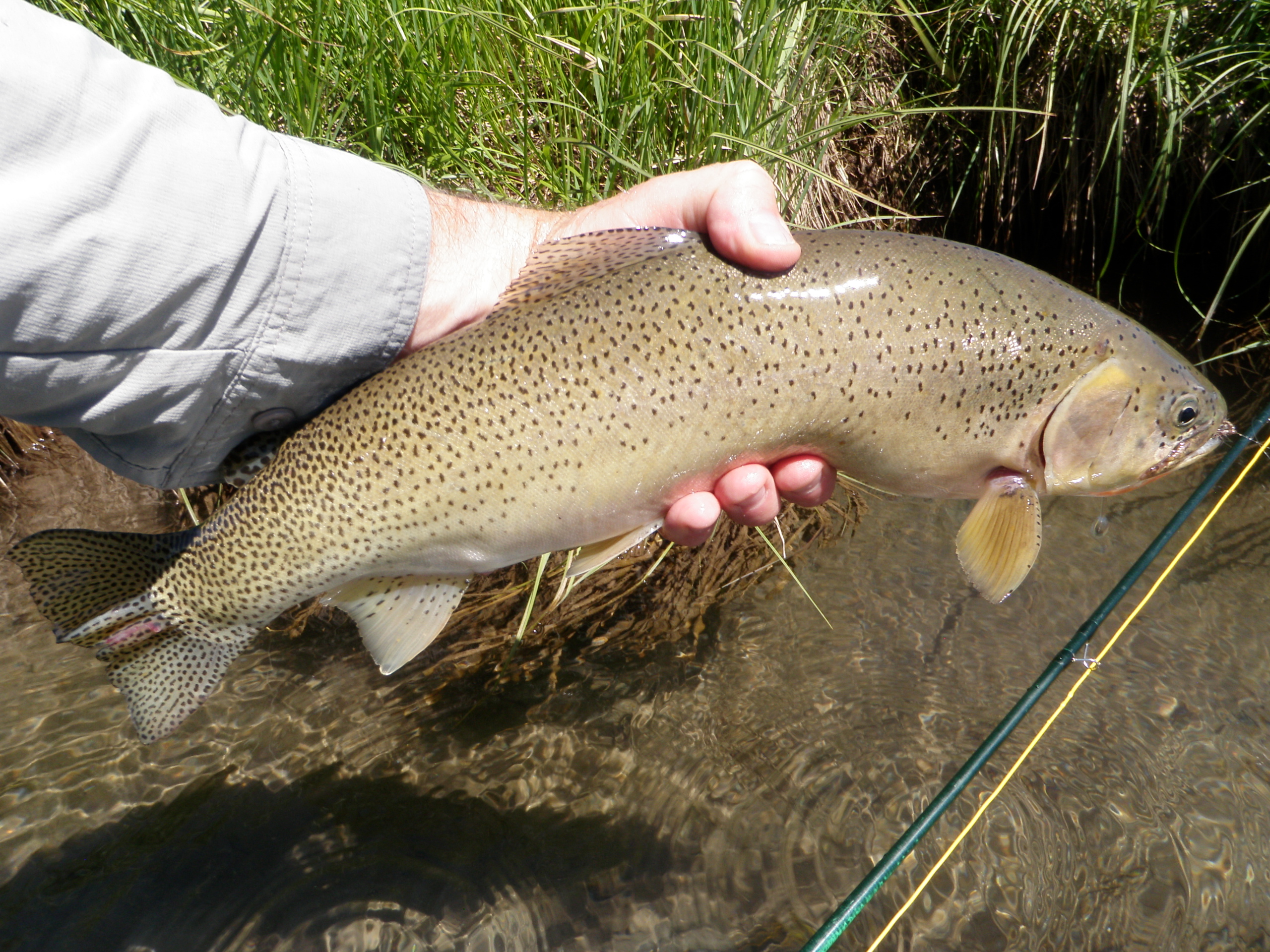
Grayling Creek
Originating in the Gallatin Range in northwest Yellowstone National Park, this sparkling stream flows along Montana Highway 191 (crossing under it 5 times) until it joins the Madison River at Hebgen Lake.
Despite being close to a busy highway, a robust number and variety of wildlife are commonly spotted along Grayling Creek and it is an easily accessible wading stream beloved by anglers. Native Arctic Grayling are spring spawners that broadcast their eggs over a gravel bottom in moving streams and exceptional individuals can weigh up to 3 pounds and reach 20 inches in length.


